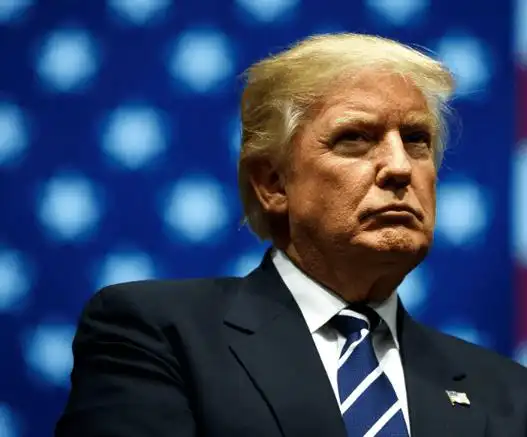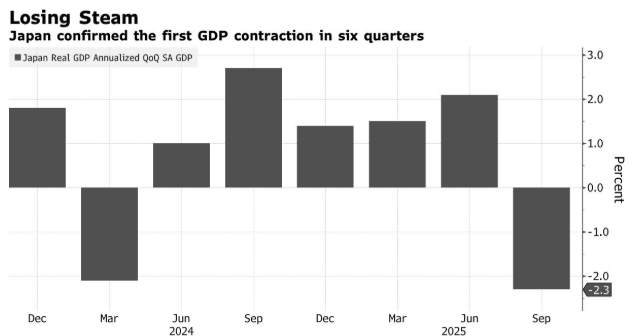The latest oil supply shockwave triggered by OPEC+ is expected to intensify the oil glut later this year, putting pressure on prices for global oil producers and responding to US President Donald Trump’s call to lower fuel costs.
OPEC and its allies have reason to believe that at least in the short term, the additional oil will find buyers, and the fact that the organization’s leader, Saudi Arabia, raised prices after the decision to increase production also reflects this confidence. But even before the surprise move on Saturday (which came just 10 minutes into a video conference call), the global oil market seemed to be on the verge of a winter supply glut.
Giovanni Staunovo, an analyst at UBS in Zurich, said: “At present, the oil market remains tight, which means it can absorb more oil. But risks such as the ongoing trade tensions are on the rise, which means that market supply may look less tight in the next six to 12 months, and this will pose a downside risk to oil prices.”

On Saturday, the Organization of the Petroleum Exporting Countries (OPEC) and its partners announced that they would further accelerate the collective oil production recovery next month, catching energy traders off guard. This move not only brought cheers to consumers but also a victory for Trump, who had promised to lower fuel costs during his campaign. However, it also poses a threat to oil-producing countries, from the heartland of US shale oil to OPEC member states themselves, potentially causing pain.
Despite this, Riyadh seems unafraid. On Sunday, state-owned oil company Saudi Aramco raised the premium it charges for its flagship crude to its main Asian market customers by more than expected by traders. This does not look like the move of an oil-producing country that is anxious about demand.
OPEC+ officials said that summer demand is one of the reasons for their optimism. U.S. crude oil inventories at the major storage hub of Cushing are declining, and the oil price spread currently does not indicate an oversupply. Moreover, diesel inventories in the United States have dropped significantly.
Fuel demand in the northern hemisphere also peaks in summer, providing the group with an opportunity to accelerate its broader strategy to recapture market share lost to rivals such as US shale drillers in recent years.
Despite this, the decision made on Saturday still altered the trajectory of global supply. While OPEC expects that additional oil supply will be needed to meet demand even by December, other forecasters are skeptical. Even before the announcement of increased production, the Paris-based International Energy Agency (IEA), which advises major economies, predicted that the oil surplus in the fourth quarter would be equivalent to around 1.5% of global consumption.
Over the past two weeks, the price of oil in London has dropped by 11%, quickly shaking off the impact of the Israel-Iran conflict, indicating that traders do not consider an increase in oil supply to be crucial. Goldman Sachs and JPMorgan Chase have consistently predicted that due to the slowdown in Chinese consumption and the shadow cast over the global economy by Trump’s trade tariffs, oil prices will further fall towards $60 per barrel this year.
The eight major member countries of OPEC decided at a video conference on Saturday to resume the production that was suspended in August to 548,000 barrels per day. This is a significant increase compared to the planned increase of 411,000 barrels per day in May, June and July, which was already three times the original production.
OPEC+ will consider increasing production by 548,000 barrels per day in September at its meeting on August 3. This move will complete the reversal of the 2.2 million barrels per day production cut in 2023, a year earlier than previously expected.
As Saudi Arabia’s Energy Minister Prince Abdulaziz bin Salman is pressuring countries that previously over-complied with production cuts to give up their increased production quotas, the actual impact of this production increase on the oil market may be less than advertised. Russia and Iraq have shown some signs of compensation, but Kazakhstan is still cheating.
Doug King, CEO of RCMA Capital LLP, said: “It’s one thing for official crude oil inventories to rise, but the actual increase in supply compared to the overall data is another. The premium on diesel indicates a shortage in the market. Therefore, unless we see a significant increase in inventories leading to physical weakness, I don’t think crude oil prices will fall.”
Officials also stressed that the production increase plan could be “suspended or revoked in light of changing market conditions”. But unless they exercise this option, the additional production that has already been approved will almost inevitably exacerbate the decline in oil prices.
This might quell President Trump’s repeated calls to lower fuel costs to curb the cost-of-living crisis that plagued his predecessor. Trump must also fight inflation while introducing a series of tariff measures and urging the Federal Reserve to lower interest rates.
However, this rout will deal a blow to the US oil industry, from corporate giants like ExxonMobil to the shale oil exploration companies that widely supported Trump in his bid to regain the White House. Executives in the shale oil industry said in a recent survey that they expect the number of wells drilled this year to be far lower than planned at the beginning of 2025 due to the fall in oil prices.
This pain is likely to spread to OPEC+ itself.
The International Monetary Fund said that Saudi Arabia needs an oil price of more than $90 per barrel to cover government spending, as Crown Prince Mohammed bin Salman is implementing an aggressive plan to transform the desert kingdom’s economy. Riyadh is struggling with a soaring budget deficit and has been forced to cut spending on some of the prince’s flagship projects.
If Riyadh can no longer bear the financial pressure, it might choose to withdraw supply from the market again.
“They could indeed choose to suddenly change their stance,” said Neil Atkinson, an independent analyst and former head of the oil markets and industry division at the International Energy Agency. “But at the same time, they have no choice but to ensure market share and accept lower prices. You’d better accept the current state of the world, and that’s exactly what they are doing.”


